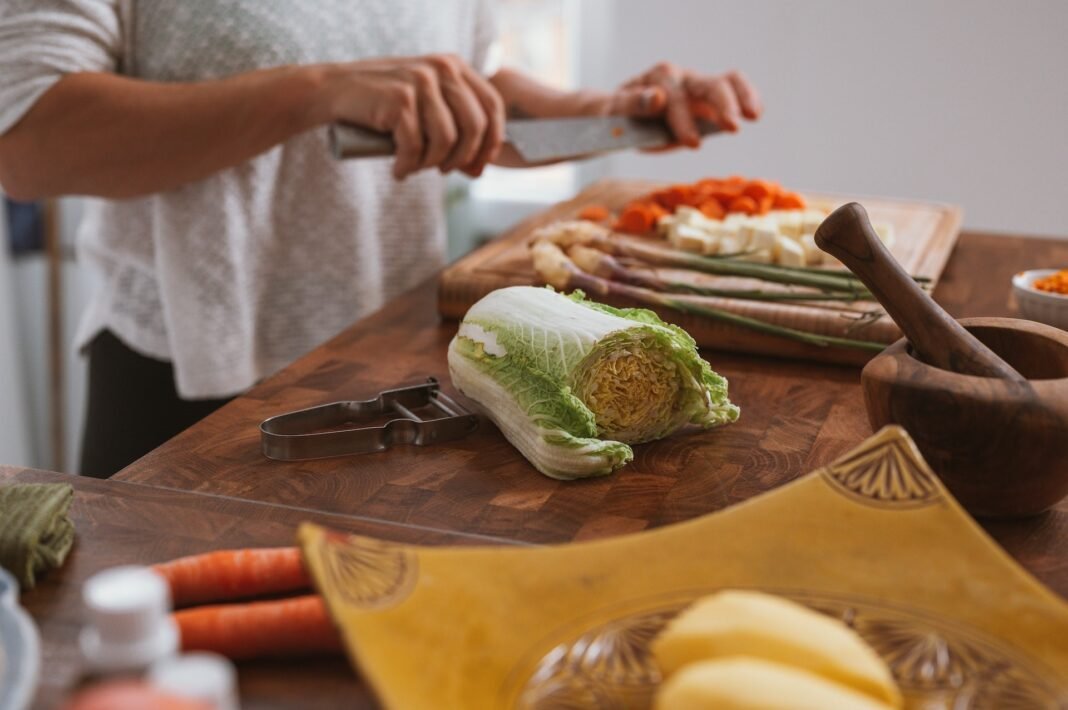Many culinary myths have sprung up over the years, and some have proven to be quite persistent. All chefs have developed their own culinary myths over the generations. Of course, it is inevitable that there are some myths about these methods. With so many different ways to prepare a rich and tasty dish, there are also many opinions. So it is time to debunk the 8 largest culinary myths as soon as and for all! To help you get the facts straight, we’re going to uncover eight culinary myths that are dead wrong.
Flour does not spoil
You might think that the bag of bread flour you’ve been keeping in your pantry for a few years is already indestructible, but it’s a lot more vulnerable than you think. Although it takes a relatively long time, flour can certainly lose taste and quality despite properly sealed packaging. Signs that your flour has definitely gone bad are an unpleasant odor and the presence of weevils. These tiny insects look a bit like larvae. So it’s been a while since you’ve used your flour? Please check it properly before use!

Microwaves
remove nutrients from food Microwaves are so useful that we all assume there is something wrong with them. From a health point of view, however, they are completely harmless. When you prepare food in the microwave, you do not expose it to the heat for as long as you would on the stove. Because of this, some experts suggest that microwaving can help your food retain its important nutrients better.
You have to rinse your noodles with water
Although many people believe that you should rinse pasta under cold water to optimize the flavor and texture of the pasta, this turns out to be largely wrong. Rinsing the pasta also means you’re rinsing off the natural starches that help the sauce stick to it. This means your dinner will be significantly less flavorful if you rinse the noodles.
Well-done meat is safer
There’s a reason some experts shake their heads when you ask them to make sure your steak is well done. Not only do they ruin the flavor and texture of the meat, but there’s absolutely no evidence that cooking meat until it’s leathery helps kill more bacteria.All you need to kill the bacteria is a temperature of around 65°C inside the meat.
Salt makes water boil faster
Although all cooks seem to sprinkle a fair amount of salt in the water before increasing the heat, this only alters the taste. In fact, salt can even increase cooking time due to a phenomenon known as “boiling point elevation.
6.Wait for bubbles to appear before flipping a pancake
The key to making a perfect pancake is waiting for bubbles to appear before flipping it, right? Well, not exactly. Depending on the thickness of the pancakes you’re making, waiting for bubbles to appear can leave you with a pile of burnt food before you know it. If you’re using nut or bean flour, be sure to cook your pancakes on low-medium heat and flip them when the bottom starts to set.

7.The absence of the pink color means the chicken is fully cooked
Don’t assume that just because your chicken is no longer pink, it’s fully cooked.Poultry is the number one source of diet-related diseases, so it’s imperative that you check your bird’s temperature with a meat thermometer, rather than just looking at color.
8.A cast-iron pan should not be washed
Do you think you’ll never be able to wash that cast iron skillet? think again While lye-based soaps can damage the pan’s seasoning, a properly polymerized pan with oil is unaffected by regular dish soap. If in doubt, you should still clean your pan with water and a sponge and dry it completely to prevent rust.
9.baking soda never goes bad
Baking Soda that has been sitting in your cupboard for years may not rot like a traditional food, but that doesn’t mean it will be as effective as a new box. Have fresh boxes of baking soda and baking soda on hand,” says Tara Tornello, founder and chef at The Darling Kitchen in New York. “Let remedies lose potency when they’re expired, so replace them every 6 to 12 months.
Check this out :https://articlestips.net/why-you-shouldnt-wrap-leftovers-in-plastic-wrap/
Check this out : https://articlestips.net/how-long-can-you-keep-an-open-bottle-of-wine/
Discover more from articles tips
Subscribe to get the latest posts sent to your email.



